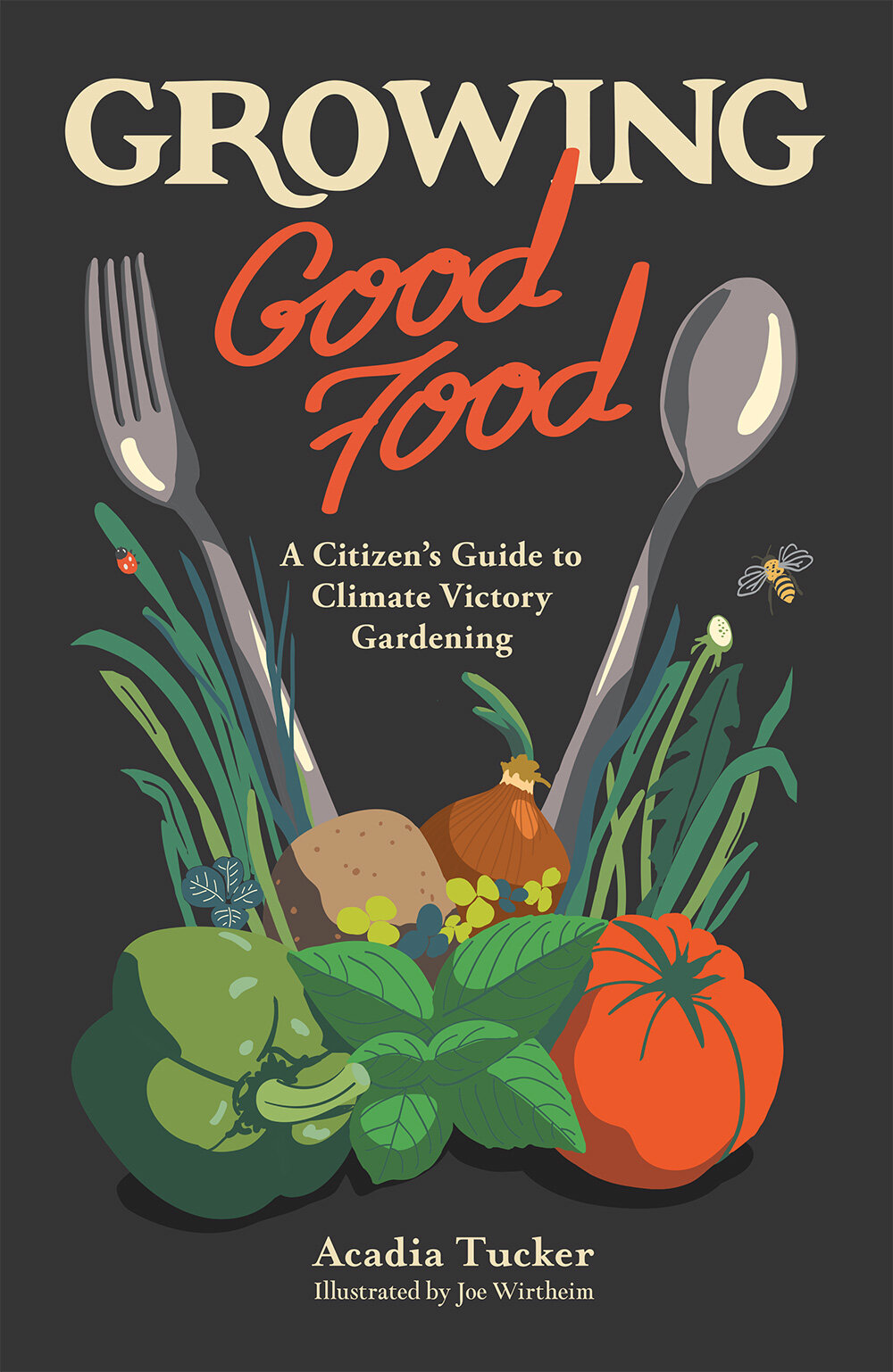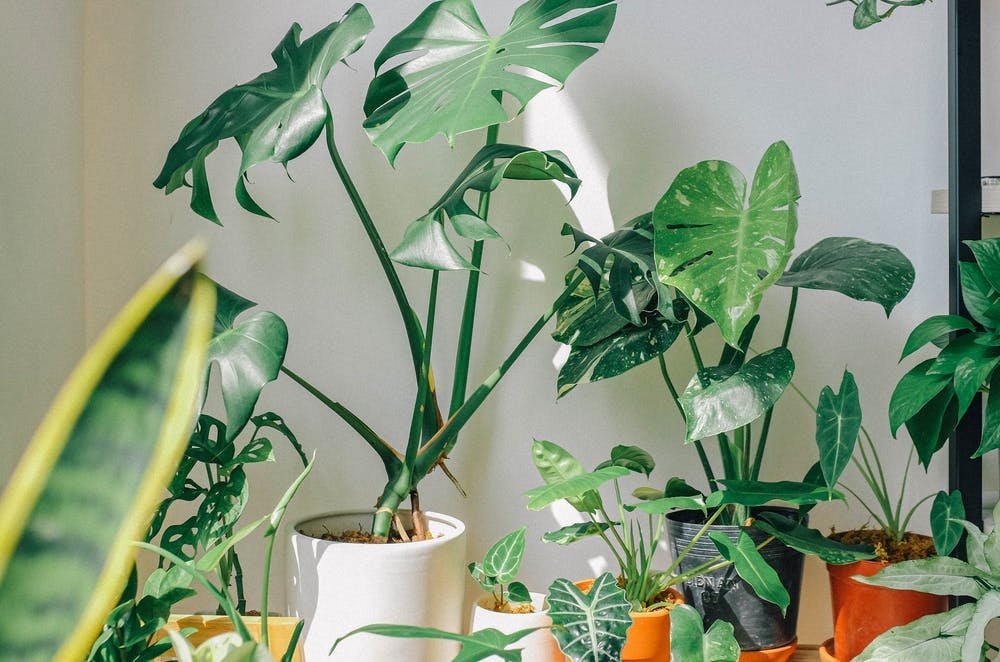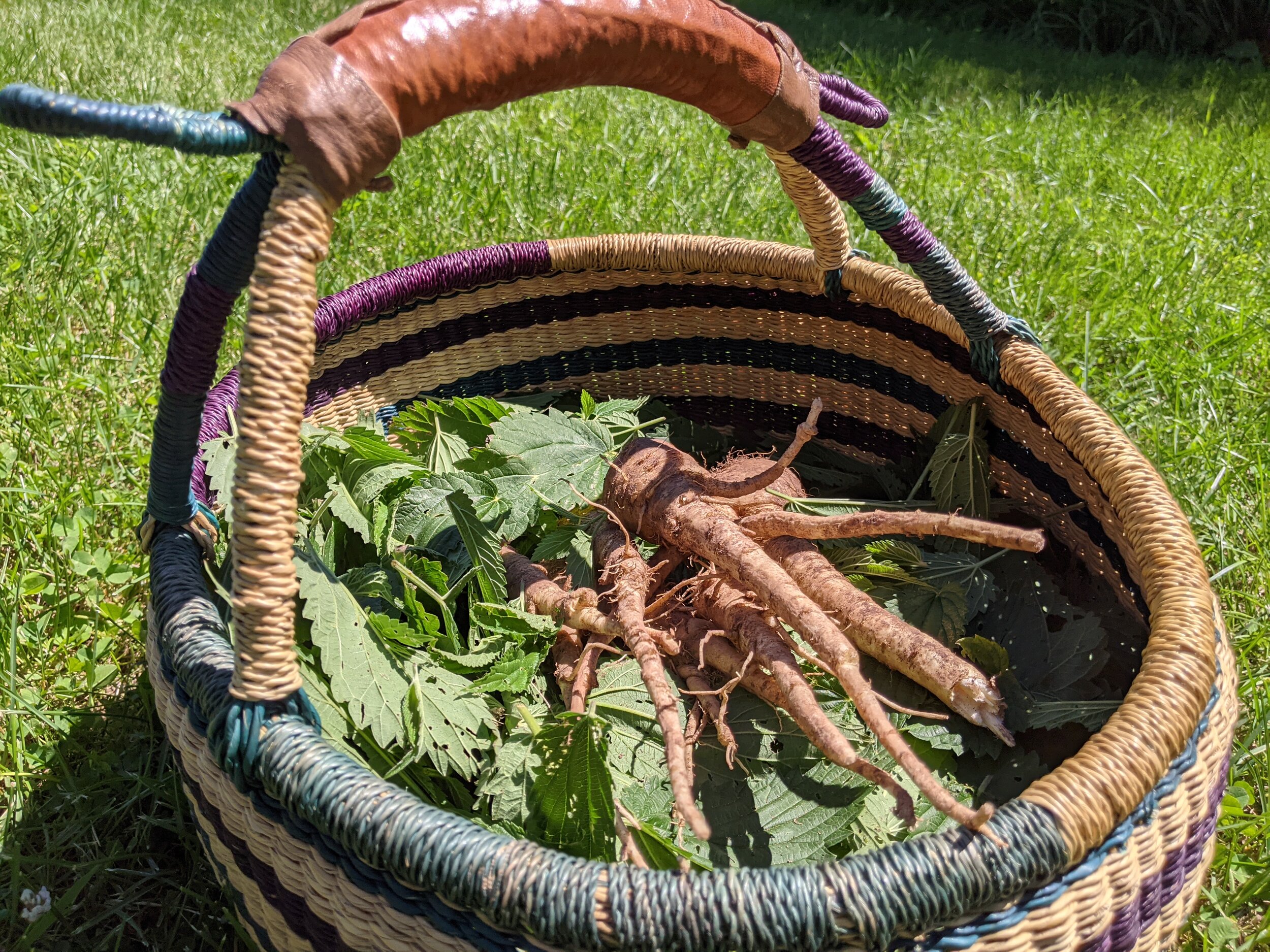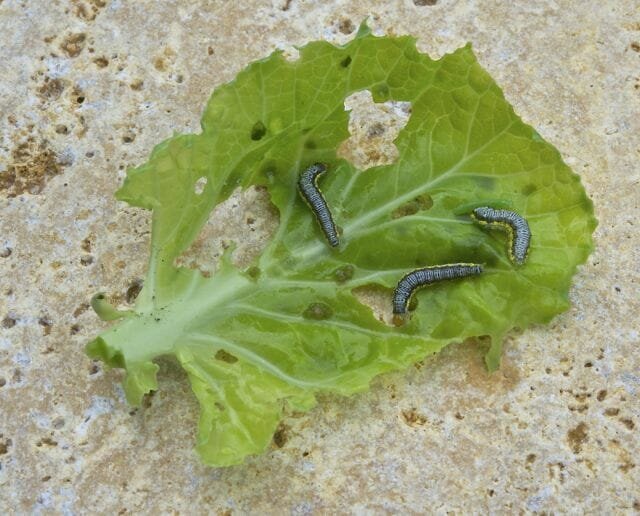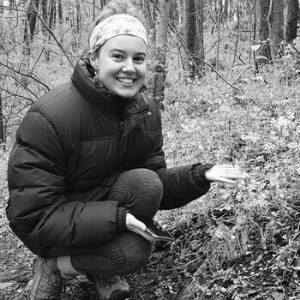grow your own food
There’s something pretty great about sticking a seed, or cutting, in the dirt and watching it grow. Couple that with the joy of eating fresh-grown food and it’s no wonder you’re here! To help get you started growing your own food—whether in your backyard or in pots—we share the following guides and books. Along with instructions on planting fruits, herbs, and vegetables, you’ll learn how how to practice regenerative growing methods, so your garden can play a role in fighting climate change, too.
HOW TO GROW
VEGETABLES, HERBS, AND FRUIT
OUR ORGANIC GARDENING BOOKS
composting, mulching, pest prevention, and more
OUR EXPERTS
Acadia Tucker is a regenerative farmer, climate activist, and author. Her books are a call to action to citizen gardeners everywhere, and lay the groundwork for planting organic, regenerative gardens. For her, this is gardening as if our future depends on it. Before becoming an author, Acadia started a four-season organic market garden in Washington State inspired by farming pioneers Eliot Coleman and Jean-Martin Fortier. While managing the farm, Acadia grew 200 different food crops before heading back to school at the University of British Columbia to complete a Masters in Land and Water Systems. She lives and farms in Maine, and is the author of Growing Perennial Foods: A field guide to raising resilient herbs, fruits, & vegetables, Growing Good Food: A citizen’s guide to backyard carbon farming, and Tiny Victory Gardens: Growing good food without a yard.
Emily Castle is an environmental horticulturist in Pennsylvania who’s passionate about all things plants. After earning a degree in Environmental Studies, she joined an arboretum in Maryland to map their plant collections and design a garden using the regenerative principles of permaculture. While propagating natives for conservation and research, she developed a knack for taking care of plants in pots. Her first book is Tiny Victory Gardens: Growing good food without a yard, written with Acadia Tucker.




